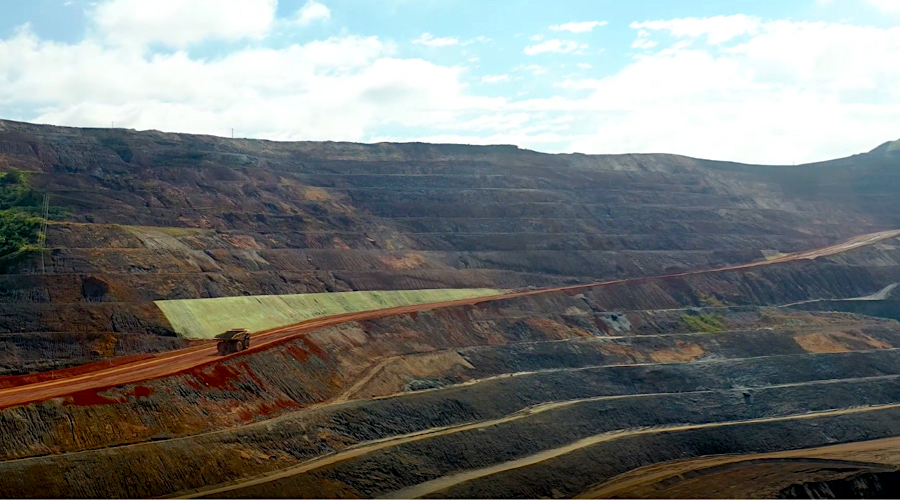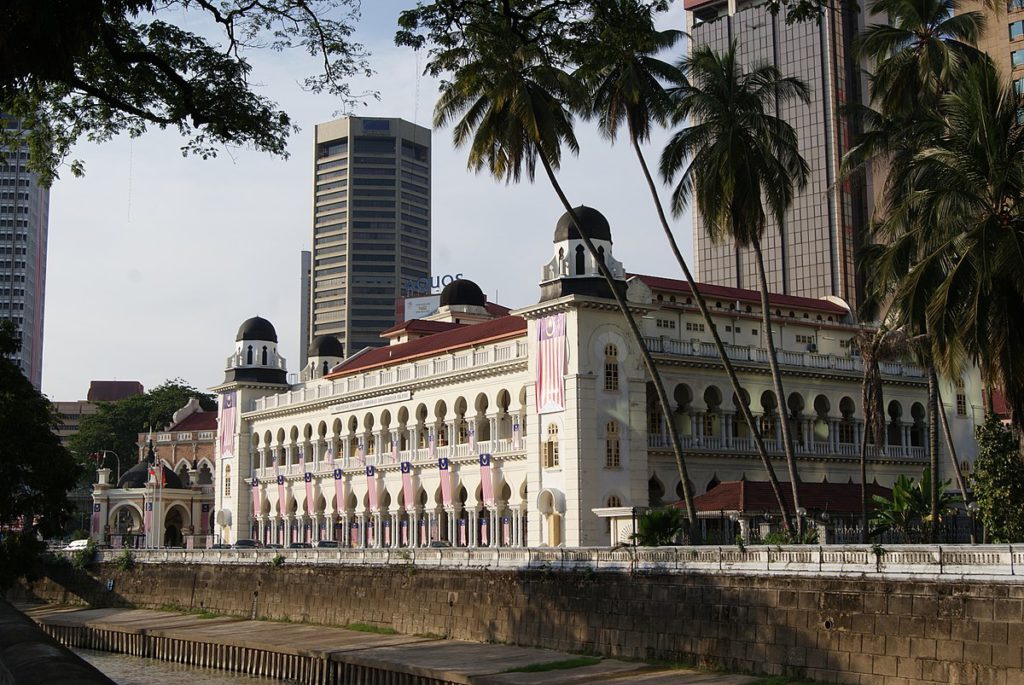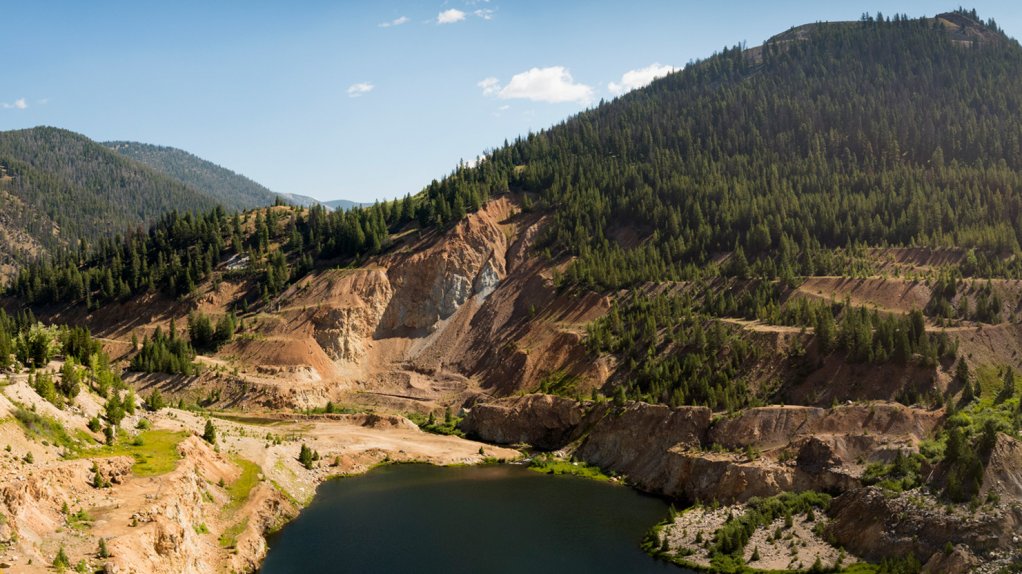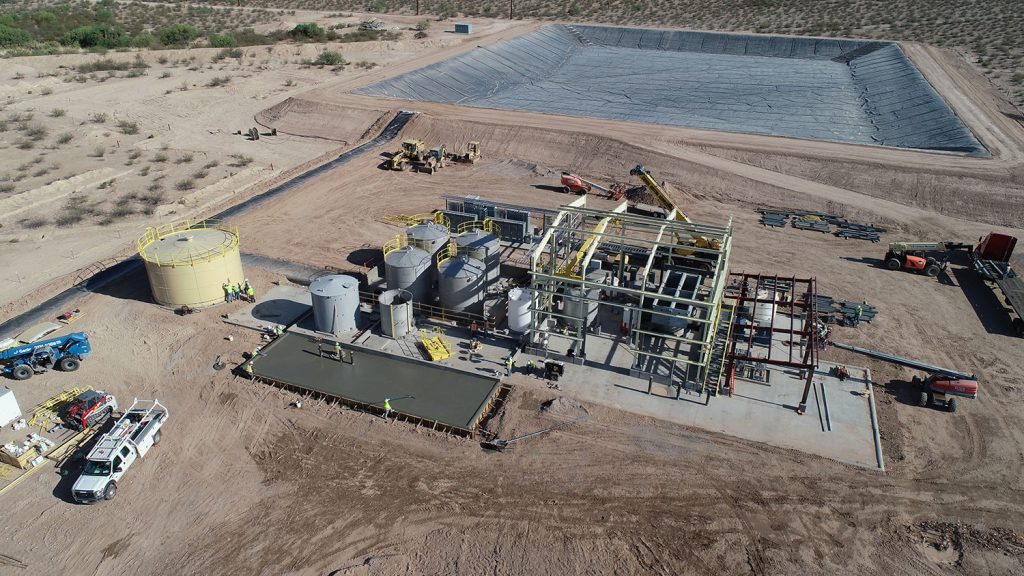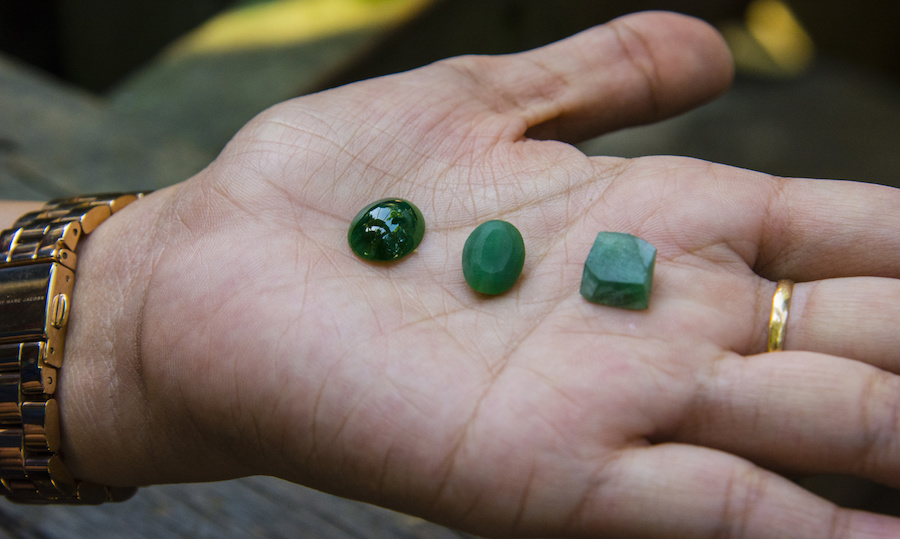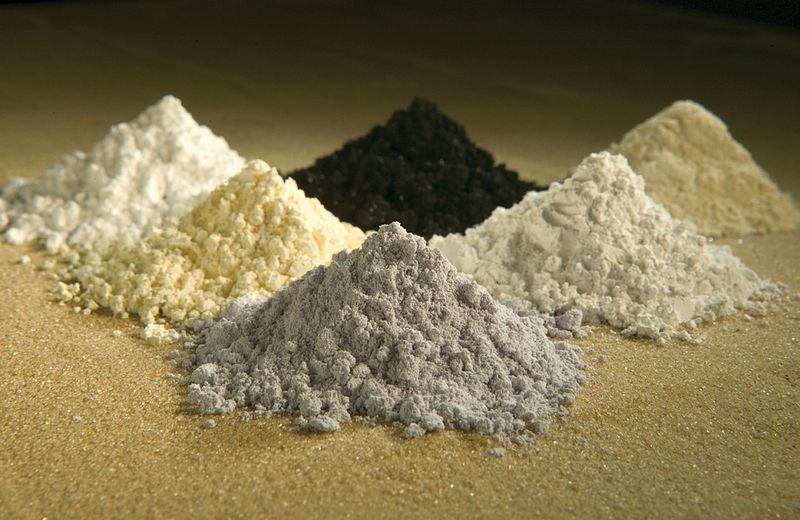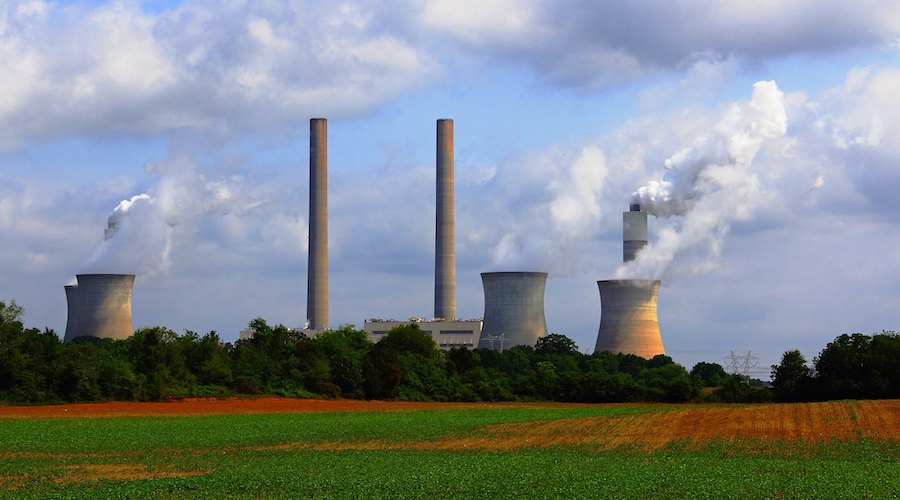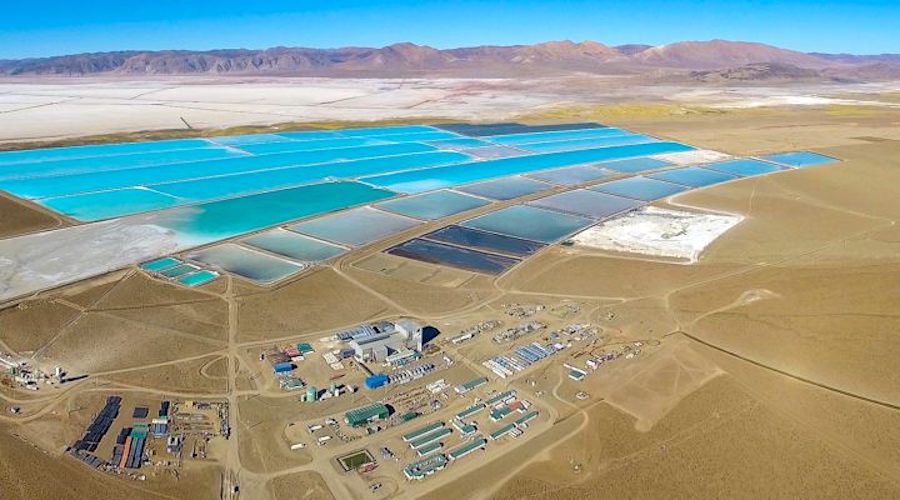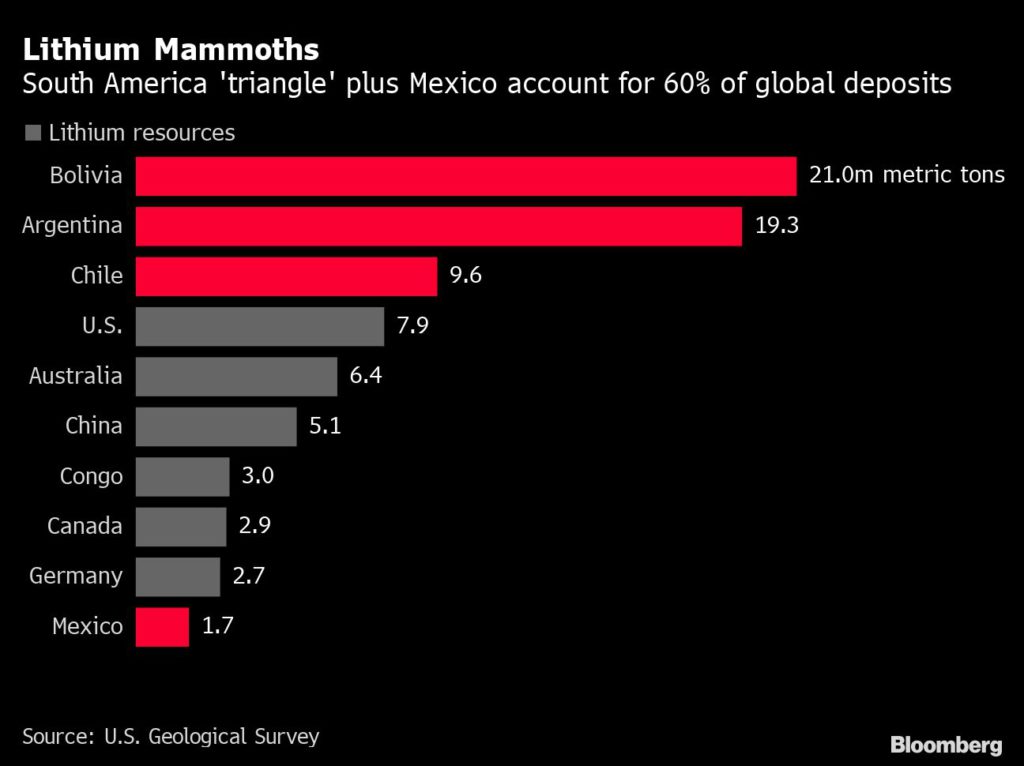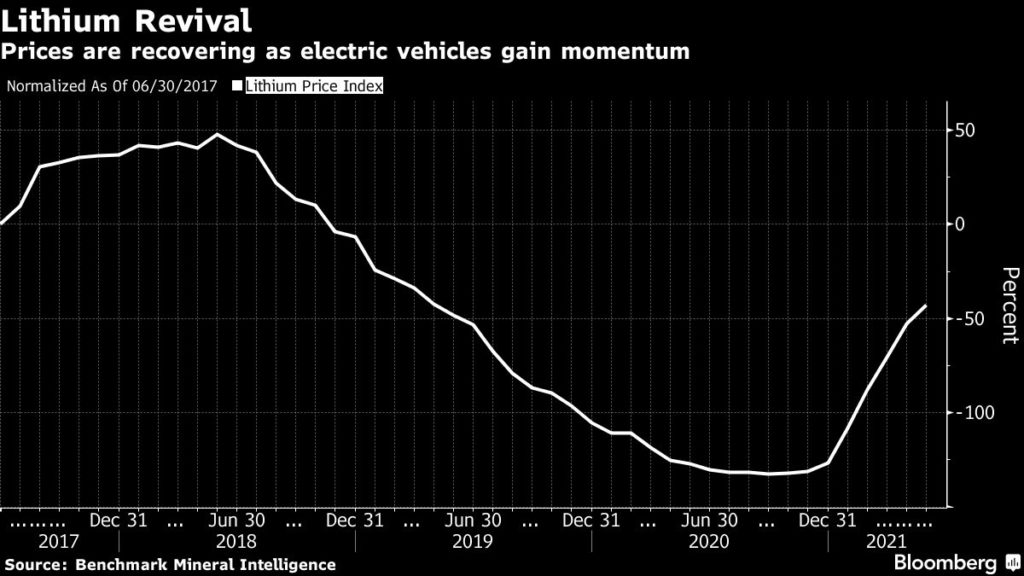Homo longi is phylogenetically closer to Homo sapiens than to Neanderthals or other archaic humans, according to new research described in The Innovation.
A reconstruction of Homo longi in his habitat. Image credit: Chuang Zhao.
A well-preserved ancient human fossil known as the Harbin cranium was reportedly discovered when a bridge was built over the Songhua River in Harbin City, the Heilongjiang province, China.
Because of its unsystematic recovery and the long time interval, information about the exact site and fossil layer was lost.
“The Harbin fossil is one of the most complete human cranial fossils in the world,” said Professor Qiang Ji, a paleontologist at Hebei GEO University.
“It preserved many morphological details that are critical for understanding the evolution of the Homo genus and the origin of Homo sapiens.”
The Harbin cranium is massive in size, larger than all other known-archaic humans. It is also relatively long and low and lacks the globularity of the modern human braincase.
It has larger, almost square eye sockets, thick brow ridges, a wide mouth, and oversized teeth.
Its endocranial capacity is estimated as 1,420 ml, falling in the range of Homo sapiens and Neanderthals, and larger than other Homo species such as Homo erectus, Homo naledi, Homo floresiensis, and even some Homo heidelbergensis/Homo rhodesiensis.
It is so distinctive that Professor Ji and colleagues have even suggested naming the cranium as a new species of Homo. They have called it Homo longi.
The species name is derived from the geographic name Long Jiang, which is a common usage for the Heilongjiang province and literally means ‘dragon river.’

Portrait of Homo longi. Image credit: Chuang Zhao.
“While it shows typical archaic human features, the Harbin cranium presents a mosaic combination of primitive and derived characters setting itself apart from all the other previously-named Homo species,” Professor Ji said.
“The Harbin cranium is huge, showing either the largest or second largest values for many measurements in our comparative fossil database, and its brain volume at 1,420 ml matches that of modern humans,” added Professor Chris Stringer, a paleoanthropologist at the Natural History Museum in London.
“It also shows other features resembling our species. It has flat and low cheekbones with a shallow canine fossa, and the face looks reduced and tucked under the braincase.”
The authors believe the Harbin cranium came from a 50-year-old male living in a forested, floodplain environment as part of a small community.
“Like Homo sapiens, they hunted mammals and birds, and gathered fruits and vegetables, and perhaps even caught fish,” said Professor Xijun Ni, a paleoanthropologist at Hebei GEO University and the Chinese Academy of Sciences.
Using sophisticated geochemical analyses, including rare earth elements, strontium isotopic ratios and X-ray fluorescence, and direct Ur-series dating, the researchers dated the fossil to at least 146,000 years, placing it in the Middle Pleistocene, a dynamic era of human species migration.
They hypothesize that Homo longi and Homo sapiens could have encountered each other during this era.
“Although it is impossible to pin the cranium to an exact location with currently available technology, all the evidence suggests that it was from a bed of water-laid sediments aged between 138,000 and 309,000 years ago in the Harbin region,” said Dr. Junyi Ge, a geochemist at the Chinese Academy of Sciences.
“We are quite confident now that the fossil is older than 146,000 years,” added Dr. Qingfeng Shao, a geochemist at the Nanjing Normal University.
“We see multiple evolutionary lineages of Homo species and populations co-existing in Asia, Africa, and Europe during that time,” Professor Stringer said.
“So, if Homo sapiens indeed got to East Asia that early, they could have a chance to interact with Homo longi, and since we don’t know when the Harbin group disappeared, there could have been later encounters as well.”
The scientists also found that Homo longi is one of our closest hominin relatives, even more closely related to us than Neanderthals.
“It is widely believed that the Neanderthal belongs to an extinct lineage that is the closest relative of our own species,” Professor Ni said.
“However, our discovery suggests that the new lineage we identified that includes Homo longi is the actual sister group of Homo sapiens.”

The Harbin cranium throws new light on debates concerning the diversification of the Homo genus and the origin of Homo sapiens. Image credit: Ni et al., doi: 10.1016/j.xinn.2021.100130.
The team’s reconstruction of the human tree of life also suggests that the common ancestor we share with Neanderthals existed even further back in time.
“The divergence time between Homo sapiens and the Neanderthals may be even deeper in evolutionary history than generally believed, over one million years,” Professor Ni said.
“If true, we likely diverged from Neanderthals roughly 400,000 years earlier than scientists had thought.”
“It’s widely believed that Neanderthals form the sister group of the sapiens lineage,” Professor Stringer said.
“But our analyses suggest that the Harbin cranium and some other Middle Pleistocene human fossils from China form a third East Asian lineage, which is actually closer to sapiens than the Neanderthals are.”
“Thus, the excellent preservation of the Harbin cranium throws new light on the evolution of the genus Homo.”
“It’s estimated Middle Pleistocene age places it as an Asian contemporary of the evolving Homo sapiens, Homo neanderthalensis and Denisovan lineages.”
“It may even be a representative of the enigmatic Denisovans, but that is something for the next stages of research.”
_____
Xijun Ni et al. Massive cranium from Harbin in northeastern China establishes a new Middle Pleistocene human lineage. Innovation, published online June 25, 2021; doi: 10.1016/j.xinn.2021.100130
Qingfeng Shao et al. Geochemical provenancing and direct dating of the Harbin archaic human cranium. Innovation, published online June 25, 2021; doi: 10.1016/j.xinn.2021.100131
Qiang Ji et al. Late Middle Pleistocene Harbin cranium represents a new Homo species. Innovation, published online June 25, 2021; doi: 10.1016/j.xinn.2021.100132


